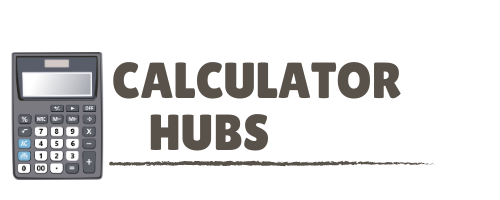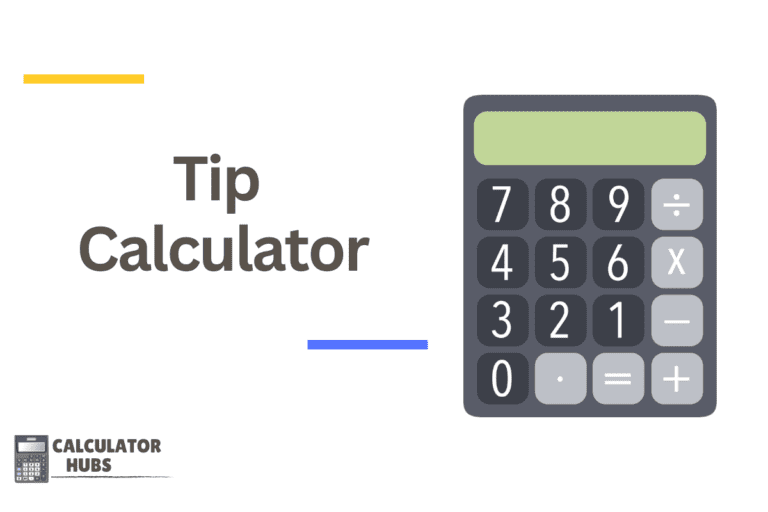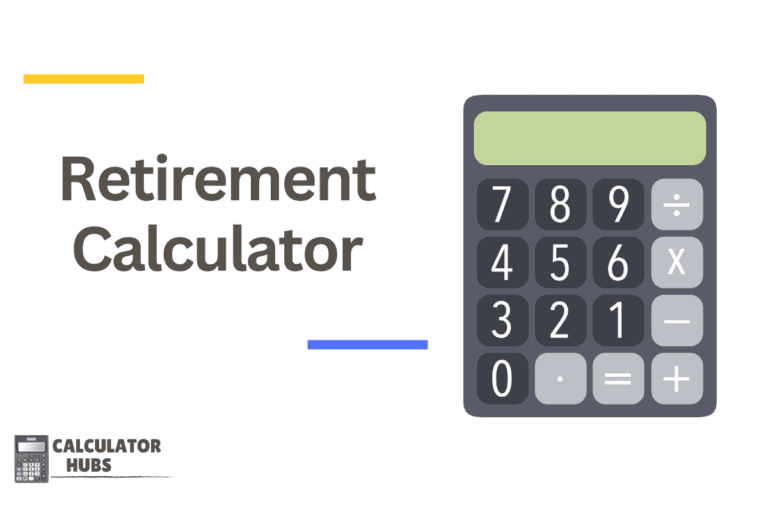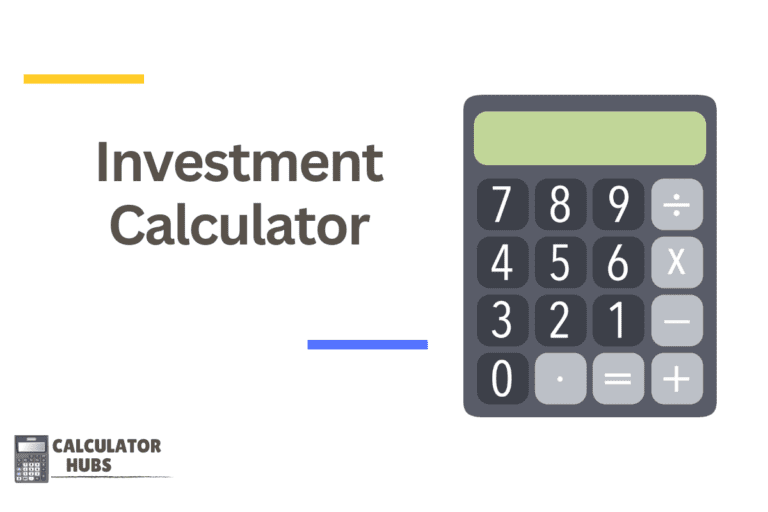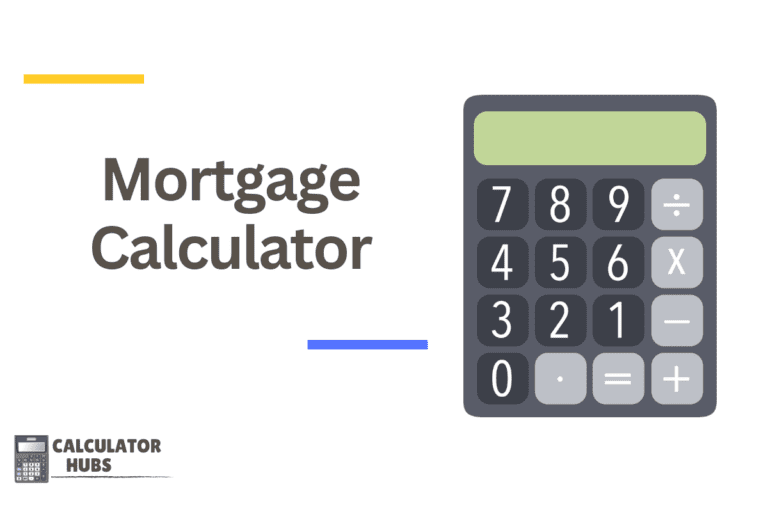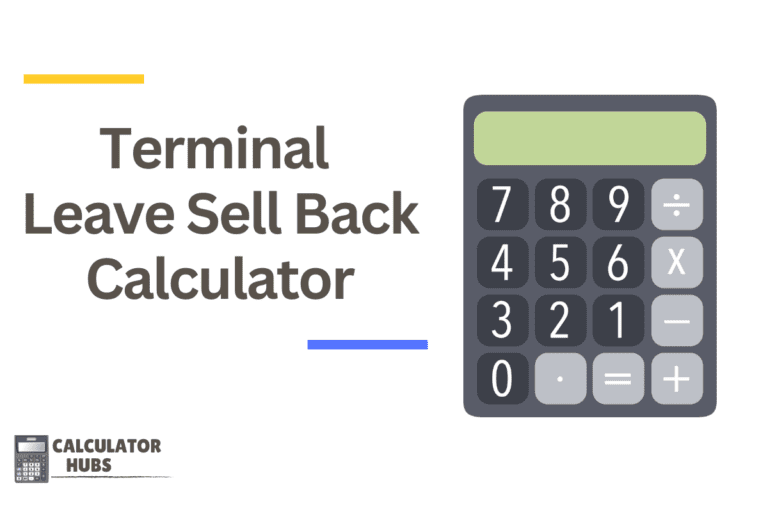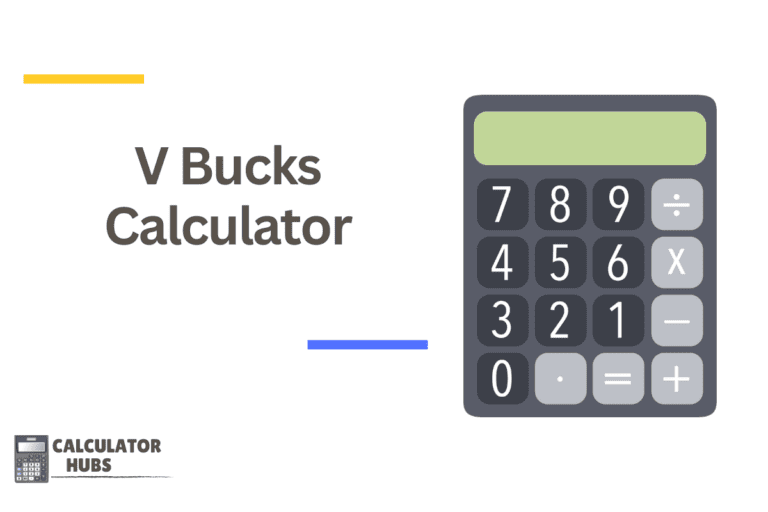Reverse Mortgage Calculator
Estimated Reverse Mortgage: $0.00
A Reverse Mortgage Calculator is a specialized financial tool designed for homeowners, typically aged 62 and older, who wish to convert part of the equity in their home into cash. This calculator helps users understand how much they can borrow against the equity of their home through a reverse mortgage, a type of loan that doesn't require monthly mortgage payments.
How the Reverse Mortgage Calculator Works
The Reverse Mortgage Calculator requires specific information about the homeowner and their property to estimate the potential loan amount:
Key Inputs:
- Home Value: The current market value of the home.
- Age of the Youngest Homeowner: Reverse mortgage eligibility and amount are significantly affected by the age of the youngest borrower.
- Current Mortgage Balance: Any existing mortgage balance that needs to be paid off with the reverse mortgage funds.
- Interest Rate: Expected interest rate, which can affect the accumulation of the loan balance over time.
Operations and Calculations:
The calculator computes the available reverse mortgage amount based on factors like home equity, borrower age, and prevailing interest rates. The formula generally considers:
Available Loan Amount = Maximum Claim Amount * Principal Limit Factor - Existing Mortgage Balance- Maximum Claim Amount: Typically the lesser of the home value or the FHA lending limit.
- Principal Limit Factor: A percentage based on the age of the youngest borrower and the interest rate, provided by reverse mortgage lenders.
Example of Calculator Use
Scenario:
- Home Value: $300,000
- Age of the Youngest Homeowner: 70 years
- Current Mortgage Balance: $50,000
- Expected Interest Rate: 5%
Calculation Steps:
- Determine the Maximum Claim Amount, which is the lesser of the home's value or the FHA limit.
- Use the Principal Limit Factor associated with the youngest homeowner's age and the interest rate to find the percentage of home value that can be borrowed.
- Subtract any existing mortgage balance to find the net available reverse mortgage amount.
Most Common FAQs
1. What are the typical costs associated with a reverse mortgage?
Costs can include origination fees, closing costs, mortgage insurance premiums, and servicing fees, all of which may be financed through the reverse mortgage loan.
2. How can the loan proceeds be received?
Borrowers can choose from a lump sum, line of credit, monthly payments, or a combination of these options.
3. What happens to the house after taking a reverse mortgage?
The borrower can continue to live in the home. The loan is repaid when the borrower moves out, sells the home, or passes away.
4. Are there any implications for heirs?
Heirs will inherit the home and can choose to either pay off the reverse mortgage or sell the home to settle the amount owed.
5. How do interest rates affect reverse mortgages?
Lower interest rates increase the amount you can borrow, while higher rates decrease it. Interest accrues on the borrowed amount, increasing the loan balance over time.
The Reverse Mortgage Calculator is an essential tool for seniors considering a reverse mortgage as part of their financial planning. It provides valuable insights into how much they can borrow and helps in making informed decisions about leveraging their home equity in retirement.
